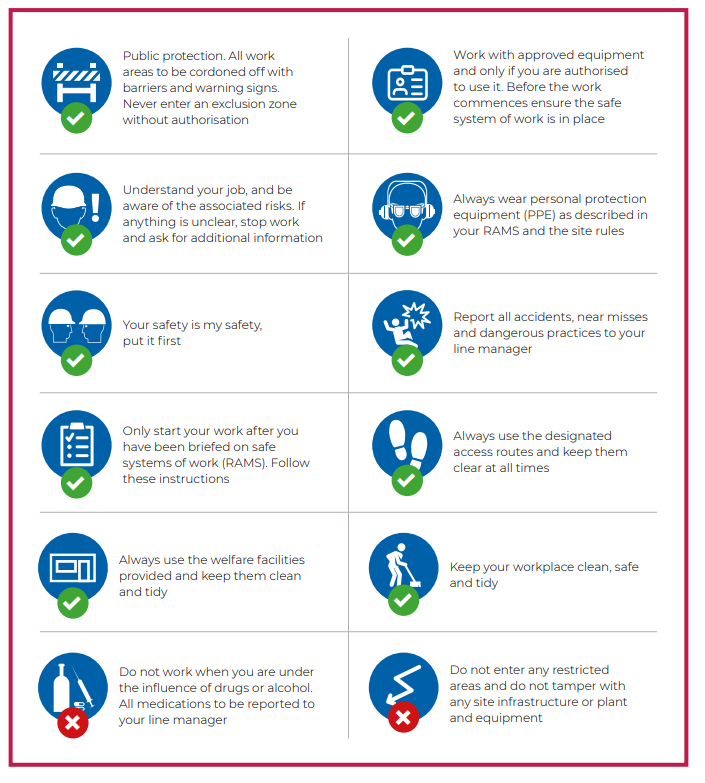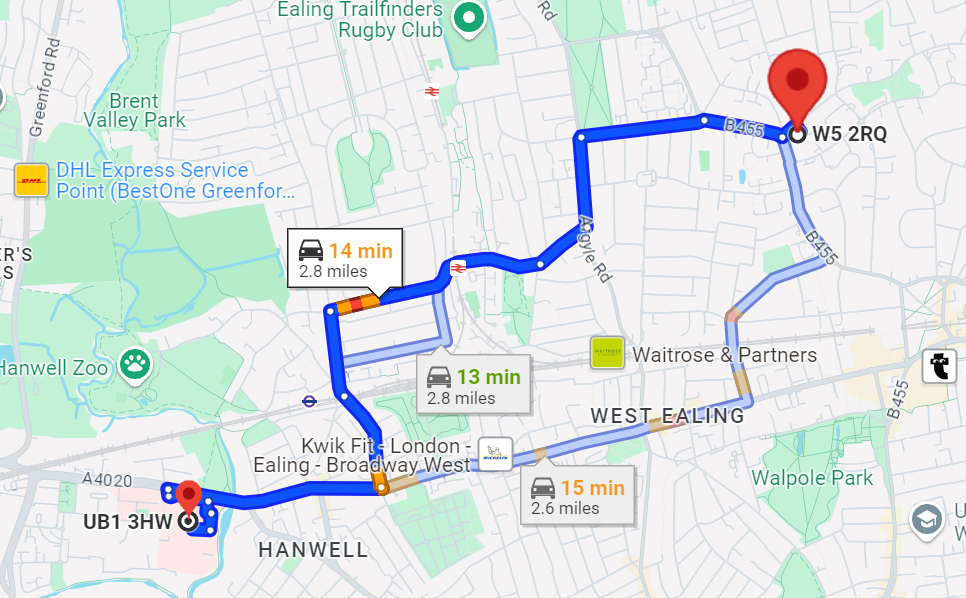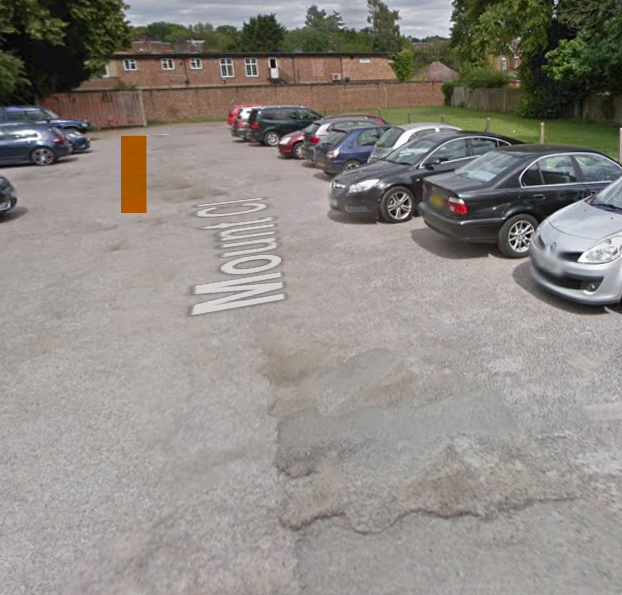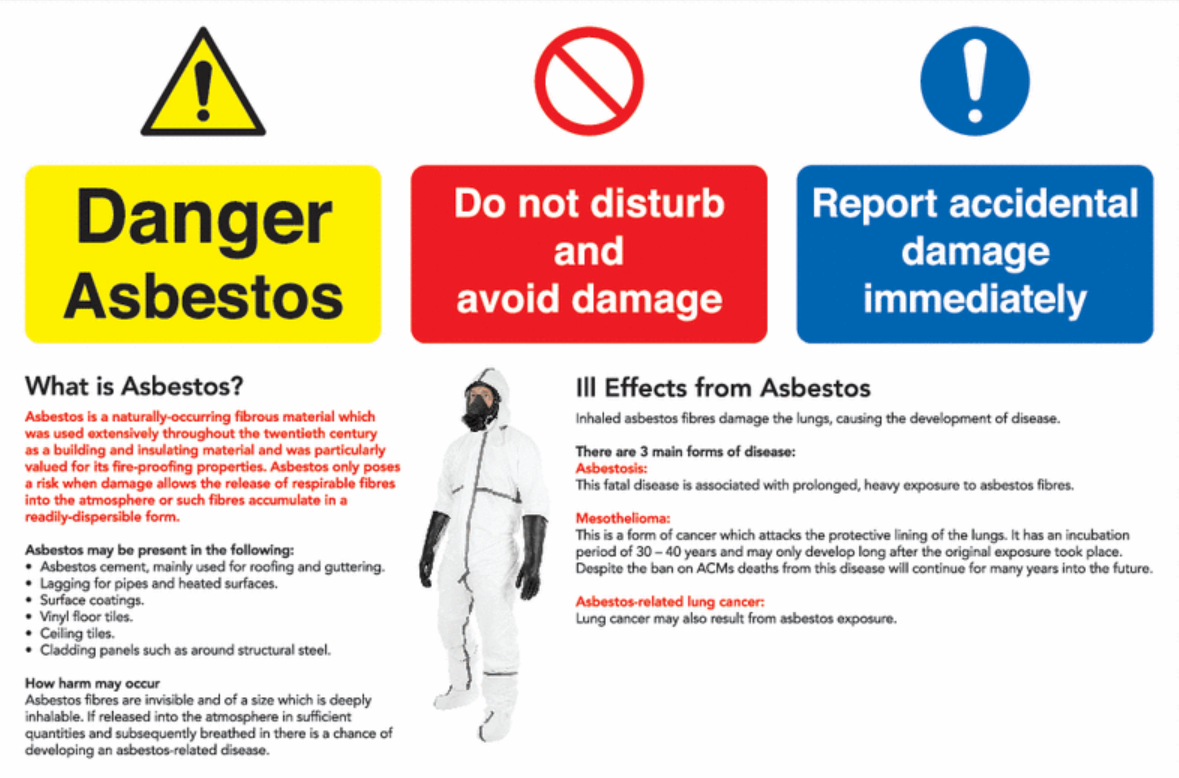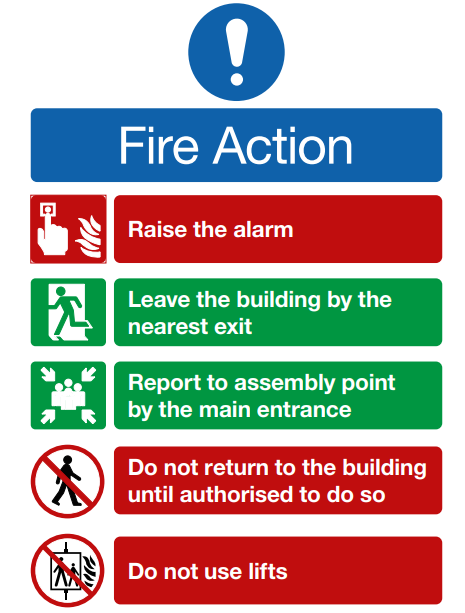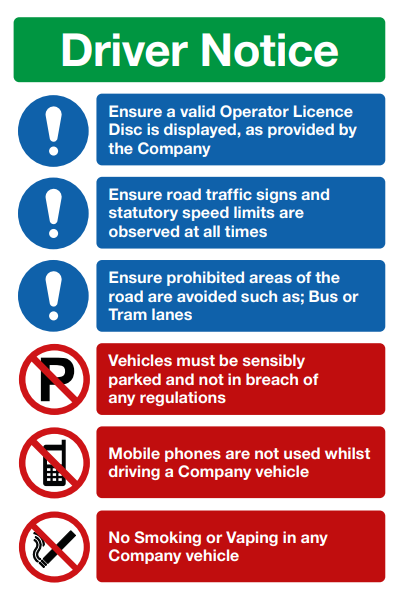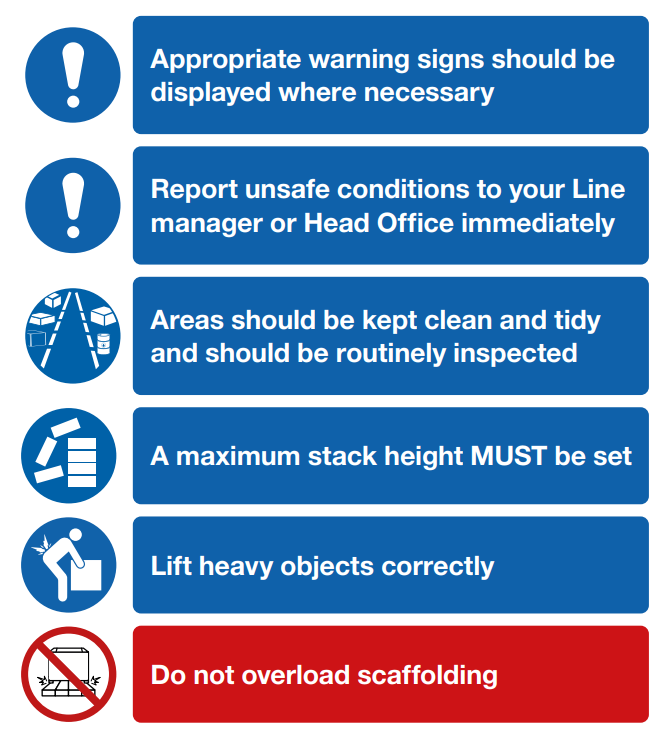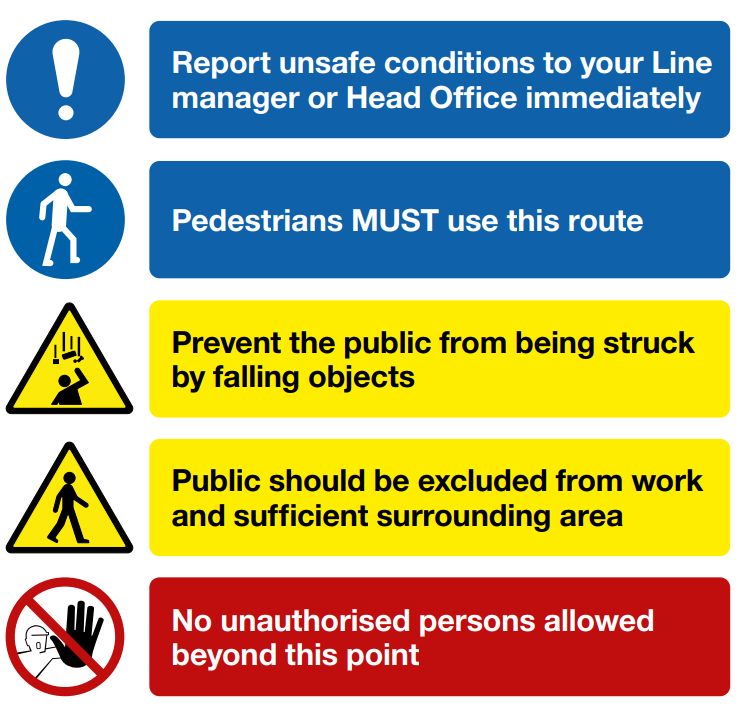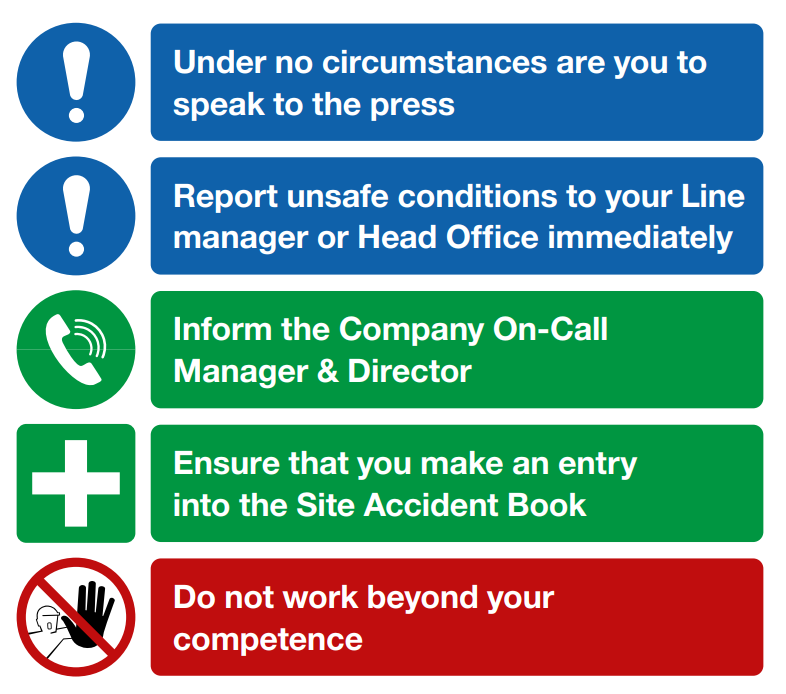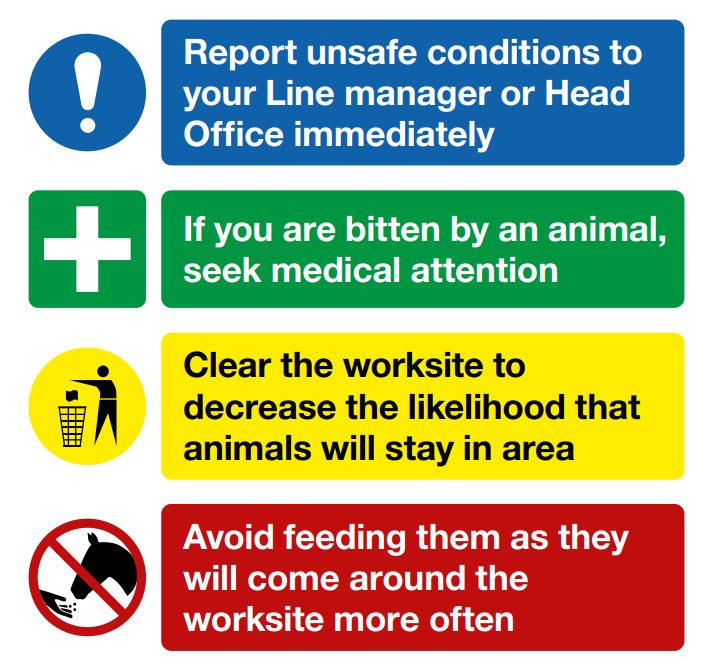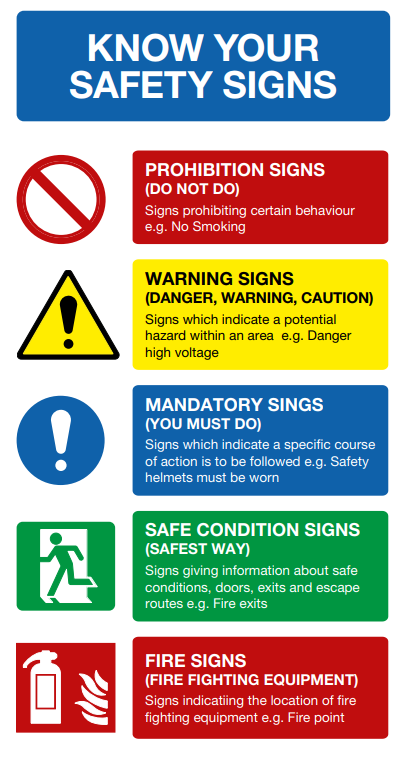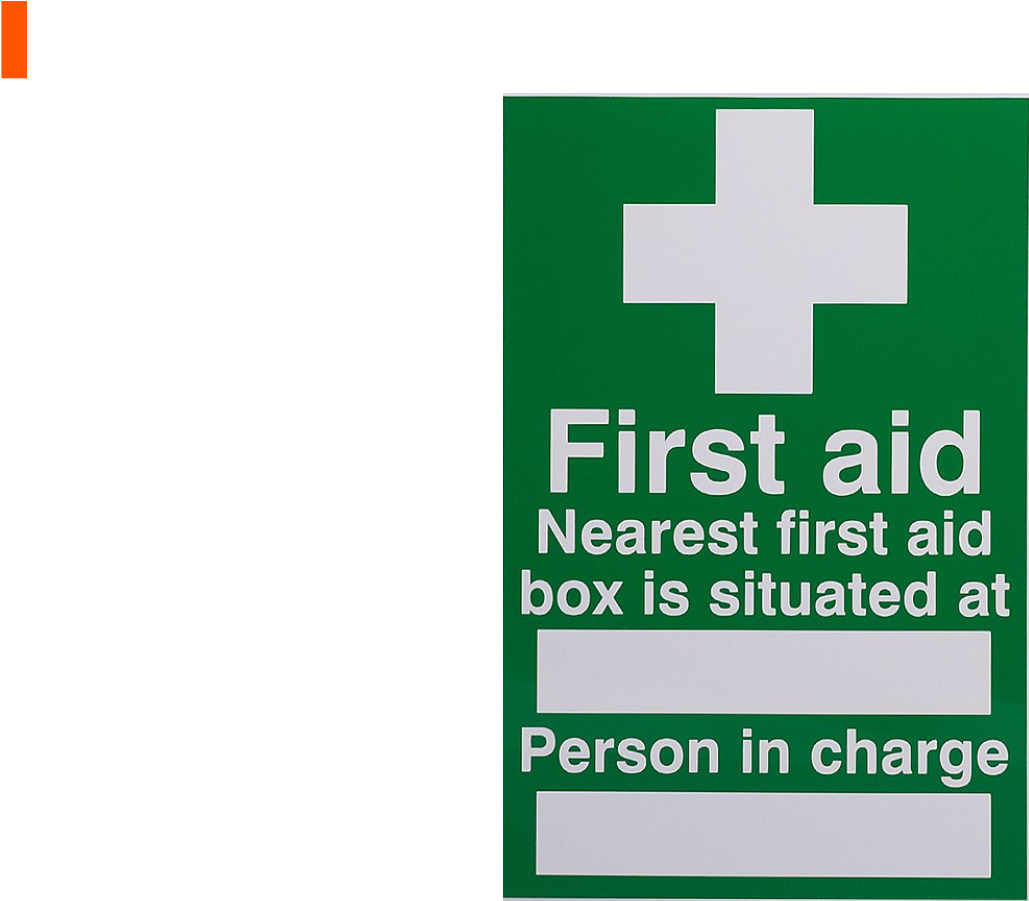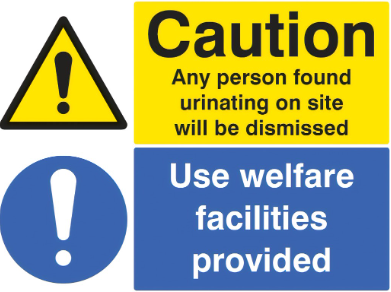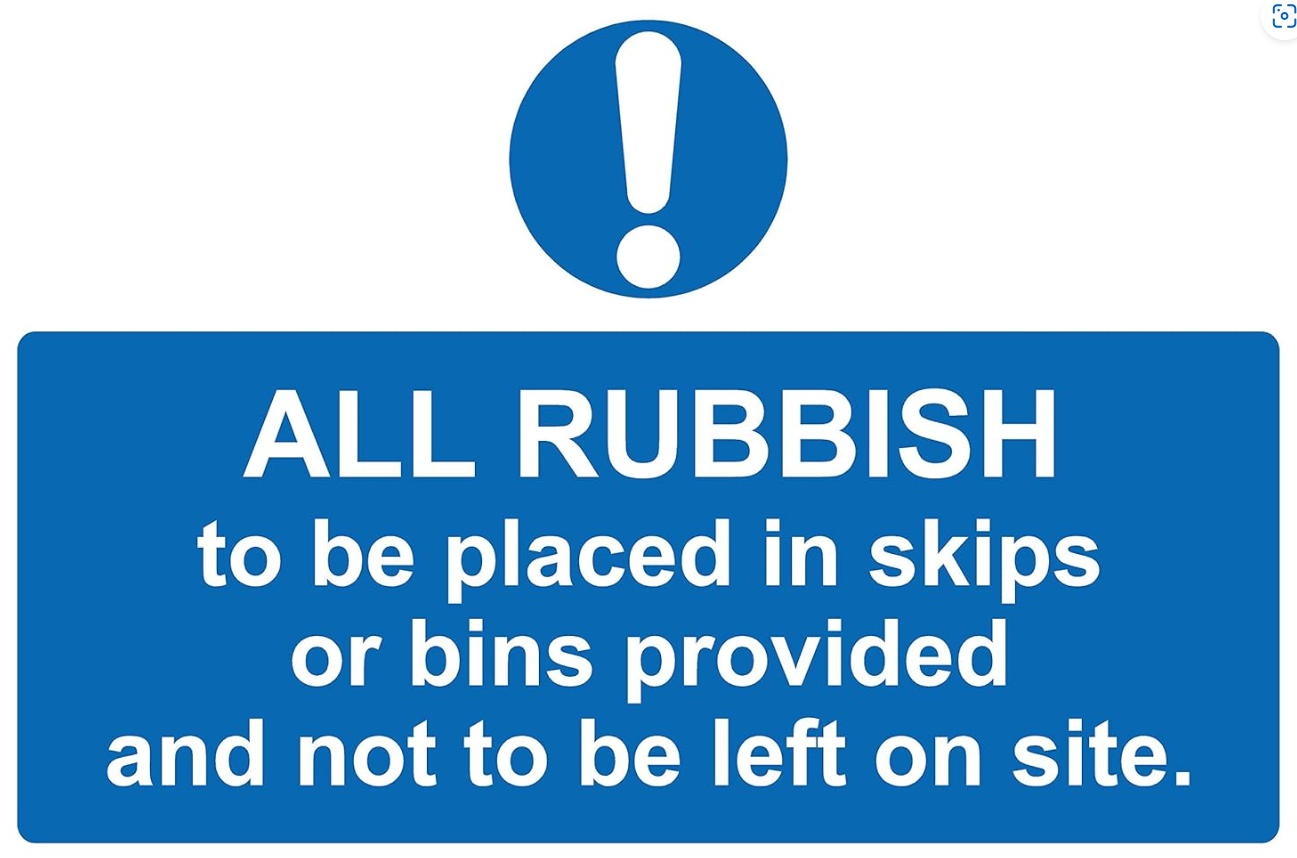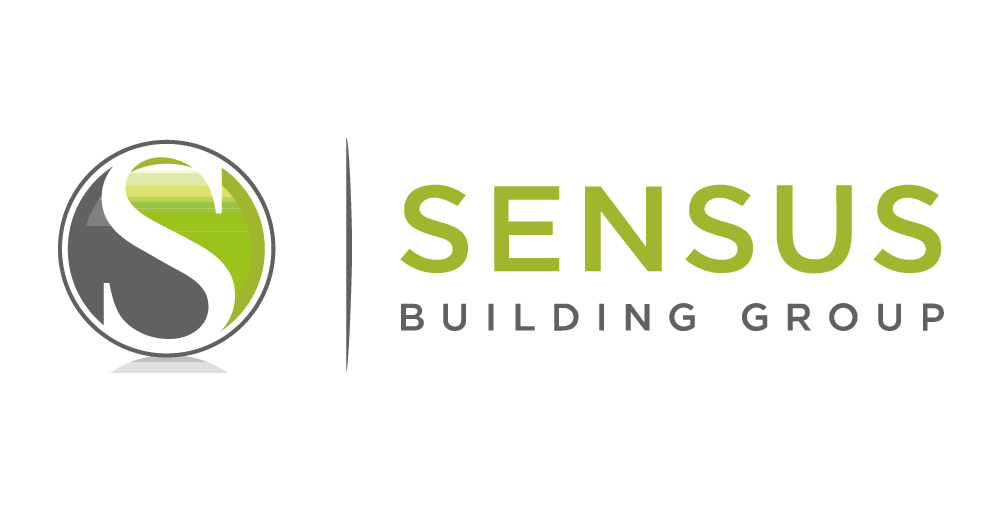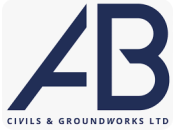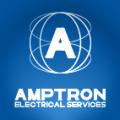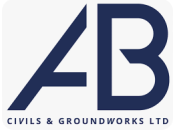Title Page
-
Document No.
-
Operative Full Name
-
Company/ Organisation
-
Conducted on
-
Prepared by
-
Location
-
Site Safety Rules Explained
-
BELOW ARE SOME RULES WHICH CREATE A SAFE WORKPLACE FOR ALL. WE EXPECT
EVERYONE TO RESPECT THESE RULES AND ANY OTHER SITE SPECIFIC RULES YOU ARE
GIVEN ON INDUCTION – THANK YOU
Operatives details
-
Full Name
-
YOUR RESPONSIBILITIES SAFETY IS EVERYONE’S RESPONSIBILITY!
■ Learn to work safely and take all rules seriously.
■ Recognise hazards and avoid them.
■ Report all accidents, injuries and illness to your
supervisor immediately.
■ Inspect tools before use to avoid injury.
■ Wear all assigned personal protective equipment.
■ Comply with risk assessments/ method statements
and ensure hazards are understood. -
ON THE OTHER HAND, IT IS
MANAGEMENT’S RESPONSIBILITY TO:
■ Provide a safe and healthy workplace.
■ Provide personal protective equipment.
■ Train employees I workers in safe procedures and in
how to identify hazards.
EVERYONE MUST BE AWARE OF
POTENTIAL HAZARDS ON THE JOB:
■ Poor housekeeping results in slips, trips and falls.
■ Electricity can cause shocks, burns or fire if not
handled properly.
■ Poor material handling may cause back problems or
other injuries.
■ Tools and equipment can cause injuries if guards or
protective devices are disengaged.
ALWAYS USE THE PROTECTIONS THAT
ARE PROVIDED ON THE JOB:
■ Guards on machines and tools keep body parts from
contacting moving equipment.
■ Insulation on electrical equipment prevents burns,
shock and fire.
■ Lockout/ tagout assures equipment is de-energized
before it is repaired.
■ Personal protective equipment shields your body
from hazards you may face on the job.
IN CASE OF EMERGENCY:
■ Understand alarms and evacuation routes.
■ Know how to notify emergency response personnel.
■ Implement a procedure for leaving the scene safely
so emergency personnel can do their job.
■ Wipe up spills promptly and correctly.
SAFETY BENEFITS EVERYONE
With fewer injuries, a business can be more productive
and profitable. By incorporating safety rules,
employees/workers avoid injury as well as illness from
exposure to hazardous substances. -
Contact Number:
-
TRADE / OCCUPATION:
-
CSCS Card number
-
Photo of card.
-
Next of kin Name
-
Contact Details
-
MANAGER:
-
CONTACT NUMBER:
SITE OH&S COORDINATION PLAN
-
Have the nearest hospital and medical centre locations been identified?
-
Ealing Hospital 601 Uxbridge Road UB1 3HW
-
Has emergency assembly point location been identified? Rear Car Park .
-
Assembly Point at the Rear of the Car Park
-
Has site specific hazards been identified to contractor or employee?
-
Work at Heights and Asbestos Removal
-
FIRE EMERGENCY
WHAT YOU NEED TO DO
Once a fire has been detected, the following guidelines can help employees/ workers avoid injury:
■ Be familiar with the personnel in your work area who are trained in fire safety and first aid
■ Never use passenger lifts to evacuate during a fire; always use the stairs
■ Call 999
■ Activate the fire alarm
■ Alert the fire safety warden
■ Report any changes in conditions to the fire safety warden and the fire department
Workers responding to a fire should be properly trained; untrained workers should evacuate following procedures
and designated evacuation plan. When there are visitors in the building, the evacuation plan should be discussed
with them in advance and they should be informed of any planned fir drills -
Site Safety Rules WORKSAFE POLICY
Under the Health & Safety at Work Act 1974, every
employee has the right to refuse to carry out work which
is unsafe.
It is the employees’ right, and duty to report any
concerns that they have on carrying out a task that
they feel will be unsafe. Bona fide cases of refusal to
work on grounds of health and safety will be free from
disciplinary action or discrimination.
The following flow chart details our Worksafe process.
This policy will be reviewed annually, or sooner
following experience or because of operational or
organisational changes -
Site Vehicles
-
WORK AREAS & MATERIAL STORAGE
WHAT YOU NEED TO DO
■ Ensure materials etc stored outdoors are secure all the time
■ Look to remove materials that are stored at height and ensure all
lightweight and loose materials that can easily be picked up by strong winds
are lashed or weighted down
■ Each stack should be for one material only (not mixed)
■ A maximum stack height must be set (depending on the strength and
stability of the material being stacked)
■ Stacks should be vertical (not leaning)
■ Pallets should be used to keep materials off the ground
■ Sufficient space must be allowed between stacks for safe movement
■ Stacks must be protected from being struck by other trades, public
or vehicles
■ Areas should be kept clean and tidy and should be routinely inspected
■ Appropriate warning signs should be displayed where necessary
■ Storage areas should not be used for work activities. -
Public Interface and Protection
WHAT YOU NEED TO DO
■ It is vitally important that the full scope of the works is understood and
where required by the type of works being undertaken (e.g. scaffold erect/
dismantle)
■ Decide who is responsible for pedestrian and vehicle management
■ Ideally the public should be excluded from the work and sufficient
surrounding area, with warning signs must be displayed at each end and
barriers installed to prevent access to hazardous areas. To warn the public
that works are in progress above
■ Other physical protection methods may also be required to prevent
the public from being struck by falling objects or being affected by the
environmental effects of the works
■ This will usually require all working lifts of the scaffold to be clad with
brickguards, debris netting or sheeting
■ The choice of cladding depends on the type of work to be undertaken
and the associated risks (which need to be specified by the main client
and agreed -
Accident, Incident and Near Miss Reporting
WHAT YOU NEED TO DO
■ Inform the Company On-Call Manager & Director on 01708 867609
(Emergency Contact 24/7 Helpline:01708 867609 who will initiate the
accident report & investigation process.
■ Ensure that you or someone on your behalf makes an entry into the Site
Accident Book.
■ Do not work beyond your competence.
■ Do not interfere with evidence at the scene of an accident/incident.
■ Under no circumstances are you to speak to the press.
■ Do not leave the site unannounced.
■ Copies of all reports/statements must be forwarded to the Company
immediately email: info@embassysiteservices.co.uk -
Loading and Unloading , Storage and Manual Handling
WHAT YOU NEED TO DO
■ Whatever is possible to avoid manual handling activities
■ Access to the site for vehicle and materials
■ Loading and Unloading requirements
■ Storage of materials onsite and at the workplace
■ Use of shared mechanical handling equipment e.g. forklift truck, hoist
or cranes
■ Are the ground conditions suitable for the manual handling of materials? -
HAZARDOUS MATERIALS
WHAT YOU NEED TO DO
■ Notify affected personnel immediately and evacuate the contaminated area
■ Move to a safe distance of at least 100 yards
■ Advise others to stay clear of contaminated area
■ Wait for further instructions from emergency personnel
■ Call 999. -
WILD LIFE
Animals are great but nobody needs them interfering with their jobs. By understanding
the wildlife in your area, taking steps to prevent wildlife intrusion, and being safe when
encountering them, your risk of harmful confrontations will be much lower. The outdoors is a
great place to work, be safe while you’re out there.
WHAT YOU NEED TO DO
■ Before work commenced check what types of wildlife that may be present
in the area so you know what to be aware of
■ If you come across wildlife, remain calm
■ Clear the worksite to decrease the likelihood that animals will stay in the
area
■ Avoid feeding them as they will learn to come around the worksite
more often
■ If you are bitten by an animal, seek medical attention
■ Report unsafe conditions to your Line manager or ESS Head
Office immediately. -
Site Safety Signage
-
Has the mandatory site safety rules been explained to contractor or employee?
-
KEY POINTS<br>■ Embassy Site Services Ltd overall Health and Safety <br>Policies – what we do and what expect employees <br>to do<br>■ Lines of communication – who to report to. Who <br>is who in the organisation?<br>■ LOLER / PUWER how these regulations affect <br>our work<br>■ Site specific safety rules <br>■ Provision and Use of PPE – Safety helmets, boots, <br>harness, handtools etc<br>■ Reporting of accidents and what to do in the <br>event of an injury / accident<br>■ Reporting of near misses – What is a near miss?<br>■ Risk Assessments & Method Statements – Site <br>Based – Generic<br>■ Hazard identification and Safe System of Work <br>Procedures
-
Has ESS site contact information been identified to contractor or employee?
AMENITIES
-
Has vehicle parking locations been identified or explained?
-
Has first aid kit locations and first aid officers been identified?
-
First Aid Kit is located in the Site Office flat 8
-
Welfere Facilities has been identified?
-
Site Welfare Facilities are located on-site in the office flat number 8
-
Has rubbish bin locations been identified and general housekeeping explained to contractor or employee?
-
All waste must be removed from site
-
Has the process of loading/unloading delivery trucks or vehicles been explained?
-
INCIDENT NOTIFICATION
-
Has the process of reporting any incident, accident, injury or near miss been explained to contractor or employee?
ADMINISTRATION
-
Has the Embassy Site Services of Conduct been explained?
-
All contractor or employee's electrical tools and equipment been tested and have current tags?
-
Are Material Safety Data Sheets (MSDS) available where required?
-
Does contractor or employee have appropriate certificates or licensing to carry out works onsite?
SIGN OFF
-
Have you been given the opportunity to ask questions about this form and has your question been answered so you have complete understanding of everything mentioned above?
-
I agree to communicate, report any site specific hazards or incidents to the Project Manager and other personnel onsite.
-
I understand it is my responsibility to stay safe and not to conduct any activity where I feel incapable or at risk and will notify the relevant personnel if so.
-
I acknowledge I have been inducted in Heath & Safety requirements as outlined above. I am aware of my responsibilities, Policies, Procedures and the Code of Conduct applicable to the work required.
-
Induction Conducted by
-
Add signature
-
Add signature
-
Add signature






